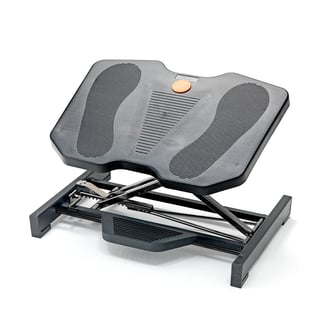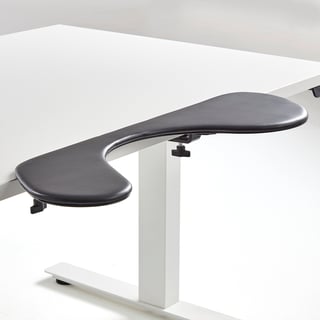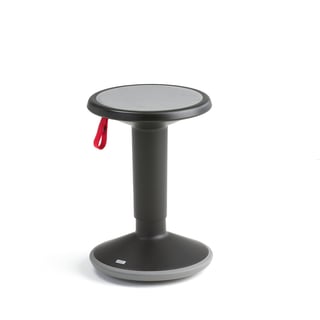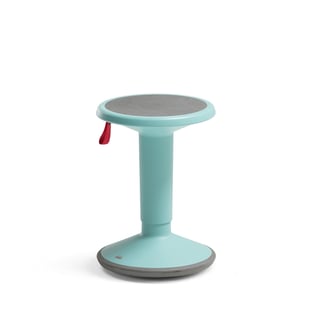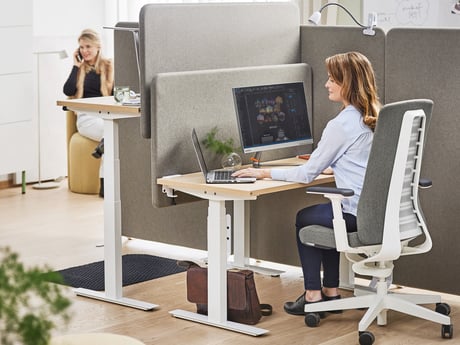- AJ Products UK
- Blog: Tips to Inspire Happiness at Work
- Ergonomics in the workplace
- Neck Pain: A Common Problem with Simple Solutions

Neck pain: A common problem with simple solutions
Common causes of neck pain

Common symptoms of neck pain:
- Difficulty tilting the head
- Stiff neck
- Neck pain with headache
- Neck and shoulder pain
- Pain or radiating pain in the arm
- Dizziness
- Neck pain that radiates up to the head
Neck spasms (torticollis)
Whiplash injury
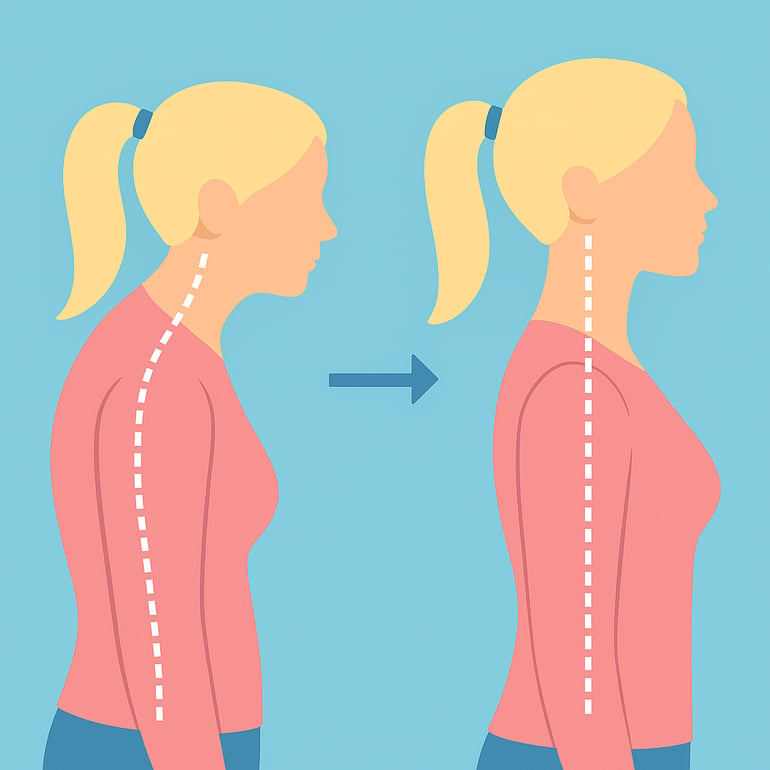
Poor posture
Neck pain on one side is often caused by poor posture, especially if you spend long hours at a desk. Good posture helps distribute weight evenly across your spine. When that balance is off, other muscles - like those in your neck - are forced to compensate, leading to strain and discomfort.
A common issue is leaning your head too far forward when working. Ideally, your nose and chin should align with your chest, and your ears should be directly above your shoulders. This position keeps your head in a neutral posture and reduces stress on the neck muscles.
Spending too much time sitting down, particularly with poor posture, can lead to muscle imbalances and chronic neck pain. A sedentary lifestyle also affects the natural curve of your spine, increasing the risk of stiffness, tension and discomfort in the neck and shoulders.
Explore our ergonomic range of office furniture:
Other causes of neck pain:
- Heavy lifting
- Repetitive or monotonous tasks
- Muscle pain in the neck and shoulders (myalgia)
- Osteoarthritis
- Bursitis (inflammation of the fluid-filled sacs that cushion joints)
How to prevent neck pain
Stay active: Prolonged sitting increases the risk of neck and shoulder pain. Take regular breaks, stretch and move your neck and shoulders to reduce tension and increase blood circulation. Go for short walks, for example after work or during your lunch break. Choose stairs over lifts or add a new physical activity into your daily routine to keep your body moving.
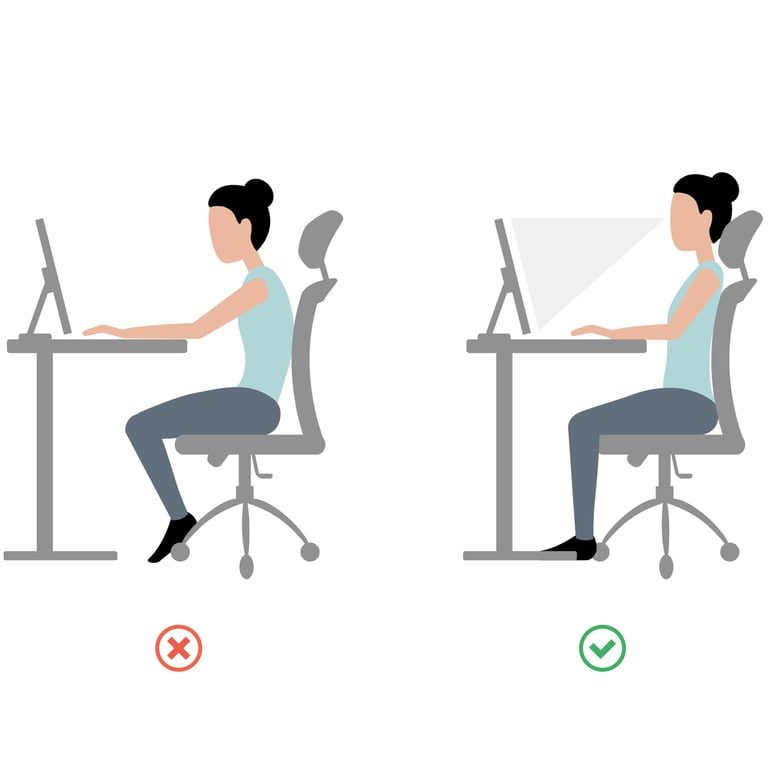
Sitting ergonomics: Make sure you have an ergonomic chair that provides good support for your back and neck. Adjust the chair height so that your feet reach the floor and your arms can rest comfortably on the desk at a 90-degree angle. Consider using a neck pillow for extra support.
Treatment for neck pain
- Painkillers
- Heat (e.g. wheat pillow)
- Rest and relaxation
- Relieve the entire spine by lying on the floor with your lower legs on a chair
Tips on ergonomic products
Ergonomic office chair
Height-adjustable desk

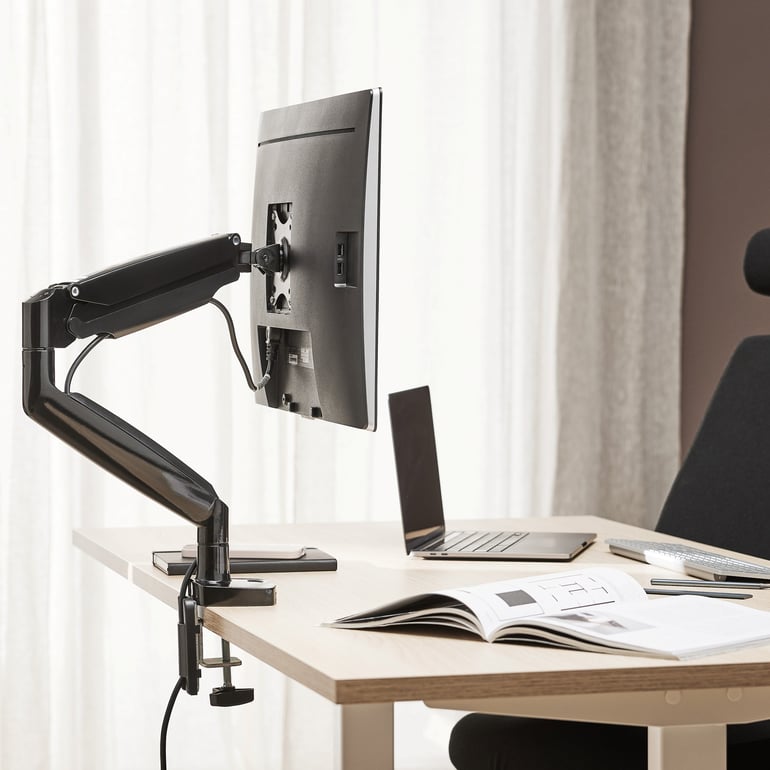
Monitor arms
Saddle chair

Summary
FAQ
Get the latest product launches and offers sent direct to your inbox
Do you want to receive exclusive offers, information about new products and inspiration on how you can improve your workplace? Sign up for our free newsletter and be the first to receive our best offers.*By clicking subscribe, I confirm that I have read the privacy policy.
